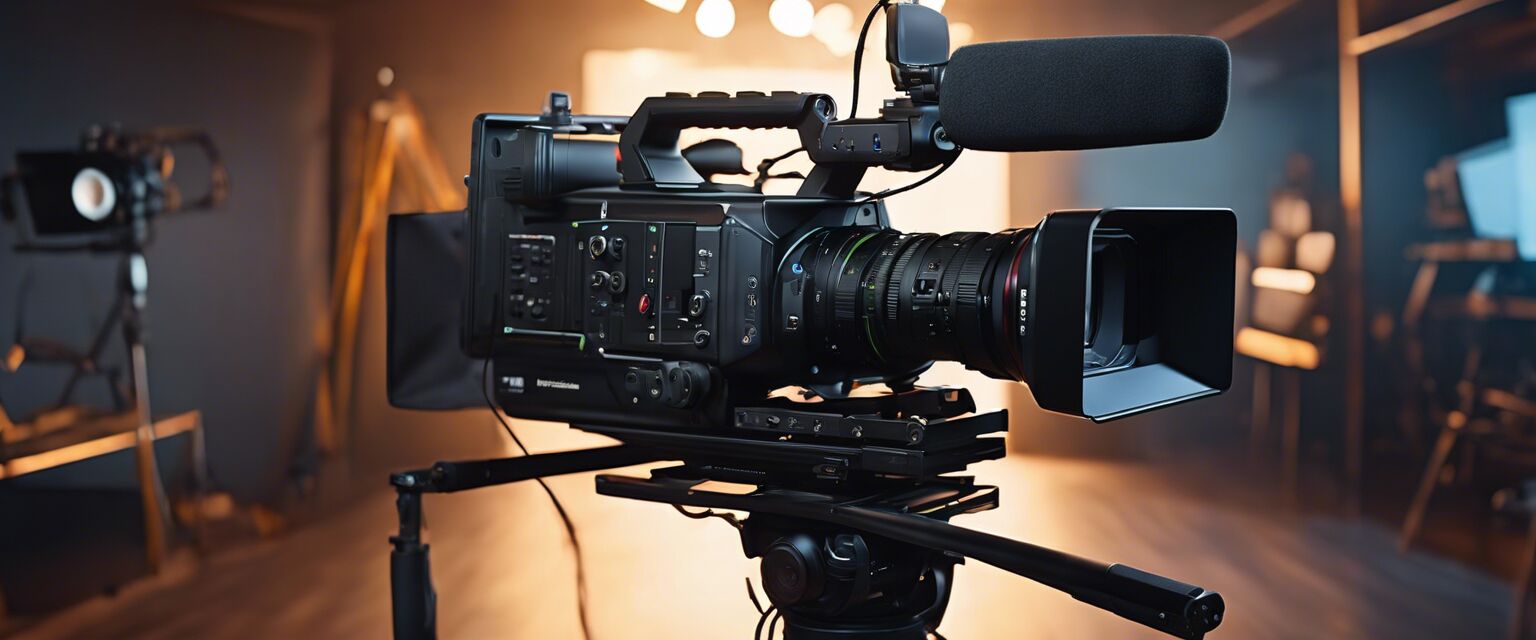
Best Cameras for Professional Video Creation
Key Takeaways
- Understand different camera types: DSLR, mirrorless, and cinema cameras.
- Consider factors like resolution, sensor size, and video formats.
- Evaluate your budget and needs as a videographer before making a choice.
- Look for additional features such as stabilization, autofocus, and lens compatibility.
In the world of professional video creation, having the right camera can make a significant difference in the quality of your work. Whether you are looking for a DSLR, a mirrorless camera, or a dedicated cinema camera, understanding the strengths and weaknesses of each option is crucial. This comprehensive guide will help you explore the best cameras available, breaking down their features, specifications, and ideal use cases.
Types of Cameras for Professional Video Creation
Before diving into specific models, it's essential to understand the different types of cameras you'll encounter:
- DSLR Cameras: Known for their versatility and image quality.
- Mirrorless Cameras: Offer lightweight designs with advanced features.
- Cinema Cameras: Tailored for filmmaking with professional-grade video capabilities.
1. DSLR Cameras
DSLRs are a popular choice among videographers due to their robust build and high-quality output. Here are some key features:
| Feature | Benefits |
|---|---|
| Interchangeable Lenses | Flexibility in choosing the right lens for your project. |
| Optical Viewfinder | Real-time visual feedback without lag. |
| Manual Controls | Full control over settings for creative shots. |
2. Mirrorless Cameras
Mirrorless cameras have gained popularity due to their compact size and advanced technology:
| Feature | Benefits |
|---|---|
| Lightweight Design | Easy to carry for long shoots. |
| Fast Autofocus | Great for capturing fast-moving subjects. |
| 4K Video Capability | High-resolution video for professional quality. |
3. Cinema Cameras
Cinema cameras are designed specifically for filming and offer unparalleled video quality:
| Feature | Benefits |
|---|---|
| RAW Video Formats | Superior post-production flexibility. |
| High Dynamic Range | Better color grading options. |
| Professional Connectivity | Compatibility with various audio and video equipment. |
Comparison of Camera Types
| Camera Type | Best For | Price Range |
|---|---|---|
| DSLR | General videography | $$ |
| Mirrorless | Travel and vlogging | $$$ |
| Cinema | Professional filmmaking | $$$$ |
Choosing the Right Camera for Your Needs
When selecting a camera, consider the following factors:
- Budget: Define your spending limit and look for options within that range.
- Video Quality: Assess the resolution and frame rates you require for your projects.
- Usability: Choose a camera that fits your experience level and shooting style.
- Portability: For those on the go, a lightweight camera may be essential.
Additional Recommendations
Besides the camera body, consider investing in essential accessories:
- Audio equipment for clear sound.
- Lighting gear to enhance your video quality.
- Filming accessories for better shooting experience.
- Quality lenses for varied shooting styles.
- Editing software to polish your final product.
Conclusion
Selecting the right camera for professional video creation is a critical decision that can significantly impact your work. By understanding the different types of cameras available and evaluating your specific needs, you can make an informed choice that aligns with your creative vision.
Pros
- High-quality video output.
- Versatility with interchangeable lenses.
- Variety of options for different budgets.
- Advanced features for professional use.
Cons
- Can be expensive.
- Some models may be bulky.
- Learning curve for beginners.
- Additional costs for accessories.
Tips for Beginners
- Start with an entry-level DSLR or mirrorless camera.
- Practice shooting in different lighting conditions.
- Experiment with various lenses to understand their effects.
- Watch tutorials to learn editing techniques.







